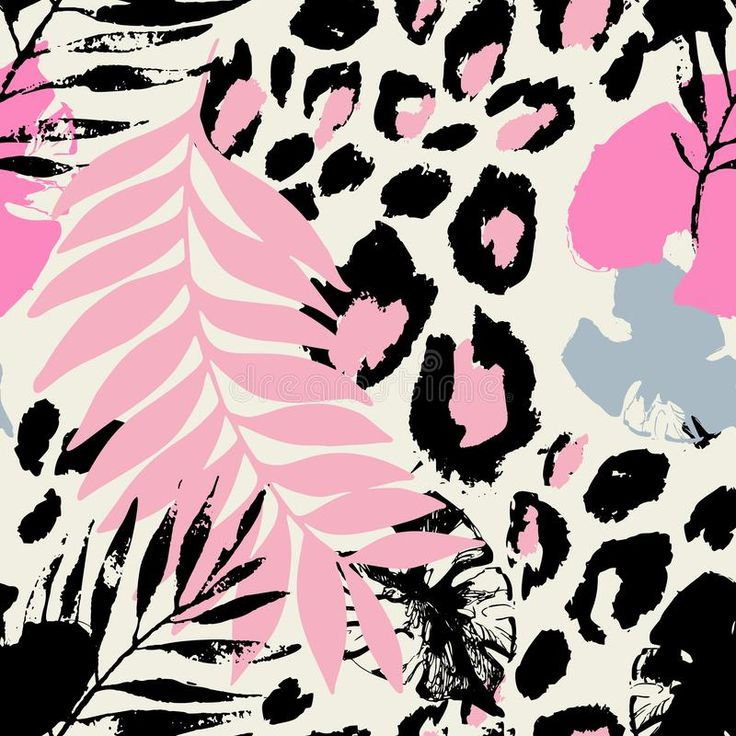Camouflage In the Animal World
- thora50
- Apr 2
- 4 min read

This is colouring mainly, used by animals to conceal and protect themselves. This starts off as 'profitable adaptations' and were 'unplanned results of natural processes'. This is after Darwin's ' The Origin of Species'.
There are two types of Camouflage
1) Protective
2) Aggressive
Both are designed for ( and selected for by Natural Selection), by increasing the positive outcomes for a species.
Aggressive camouflage could be used to assist in capture eg the animal might be poisonous or unpalatable. So a learned response from the predator is not to eat them. This still applies if only a certain number of the species are camouflaged in this aggressive way, as this then puts off predators, which helps other members of the species who are not camouflaged.
Protective camouflage is when the animal blends into the background eg foliage.
Some fish are transparent, except for eye pigments and contents of the gut.
Fish can be viewed from above and below. 'Silvering' is used, and is where the fish reflects light and so blurs the image, so becoming hazy and inconspicuous.
Some add bits of material from the environment to themselves eg caddis fly larvae.
Actions which have been passed down to generations ( I suppose you would call this instinct) are referred to as 'Extended Phenotypes', which is the 'extended expression of the creatures inherited genotype' (gene map).
Other creatures such as stick insects appear as something other than themselves.
Instinct and Camouflage are really as result of extended phenotype. Extended Phenotype as defined by evolutionary biologist, Richard Dawkins is ' the effects associated with the corresponding DNA sequence that are manifested by an organism whose cells do not contain that gene.'
Protective camouflage includes mimicking the appearance of particular items in the environment, by having a pattern eg stripes on a tiger. Certain fish, amphibians and reptiles have the ability to change colour quickly. Most well known is probably the chameleon.
Experiments showed that blinded animals lost their ability to change colour, indicating that this colour was mediated by the eye. The brain then sends impulses to the skin to change colour. The exact mechanism by which this is done is not yet known (2007).
Fur and feathers obviously rule out this colour change except in seasonal changes, for example the Ptarmigan and Mountain Hare. Their foliage, and hence colour change is brought about by a change in temperature.
Camouflage also helps predators; with stillness and stealth predators await motionless, unseen.

In an animal's coat, if the top side is brightly lit and the underside is dark then this helps conceal against a bright sky and undergrowth. 'Counter shading' has evolved; this transforms a bulky 3D effect, to flattened and making the animal look less bulky. This is done by 'bleaching' the underside and having a dark top. This is absent in animals who live in the dark. It doesn't work when viewed from the side.
Another example is a fish suspended in water. They can be viewed by potential predators from above and below. When they are viewed from above, the fish's dark topside blends into the dark water below. When viewed from below the lightness blends into the sky above.
This also applies to birds.
Theyer noticed that in counter shading that variegated colours like those of their environment are broken up by stripes, spots or similar to break up their body shape.
Conversely disruptive colours sometimes make creatures more rather than less conspicuous. This can be associated with unpalatability or being poisonous, giving the whole of the individuals in the species protection. Or an edible species then mimics the colours of an inedible one, without having to involve being poisonous. This can include all members of several species all looking like the inedible ones, all looking the same! As long as there was correlation between a conspicuous look and taste, this protects the amimal or insect.
I am interested in camouflage, firstly because I am studying animals who use it eg snow leopard. In fact, the more you think about it, it is very hard to find animals who do not use this in some way. Alternatives to camouflage would I suppose be early warning systems, safety in numbers, behaviour dictated by time of day and other learned evasions.
Camouflage usually involves colour and pattern. I have found that pattern occurs in sgraffito often and repeating patterns too. Maybe all not completely symmetrical, like the slightly abstract patterns on a giraffe or leopards spots. Often these markings are a complete unique set to that individual.
Also I like colour and many markings are carrying bold or otherwise colours.
These colours can be altered slightly eg coloured slips altered slightly by honey glaze on red earthenware. Also the marks made in the slip by sgraffito is creating a contrast with its background.
One thing I have not investigated yet, is taking a natural camouflage pattern and magnifying it, maybe using it out of context. Food for thought.









I like it👍